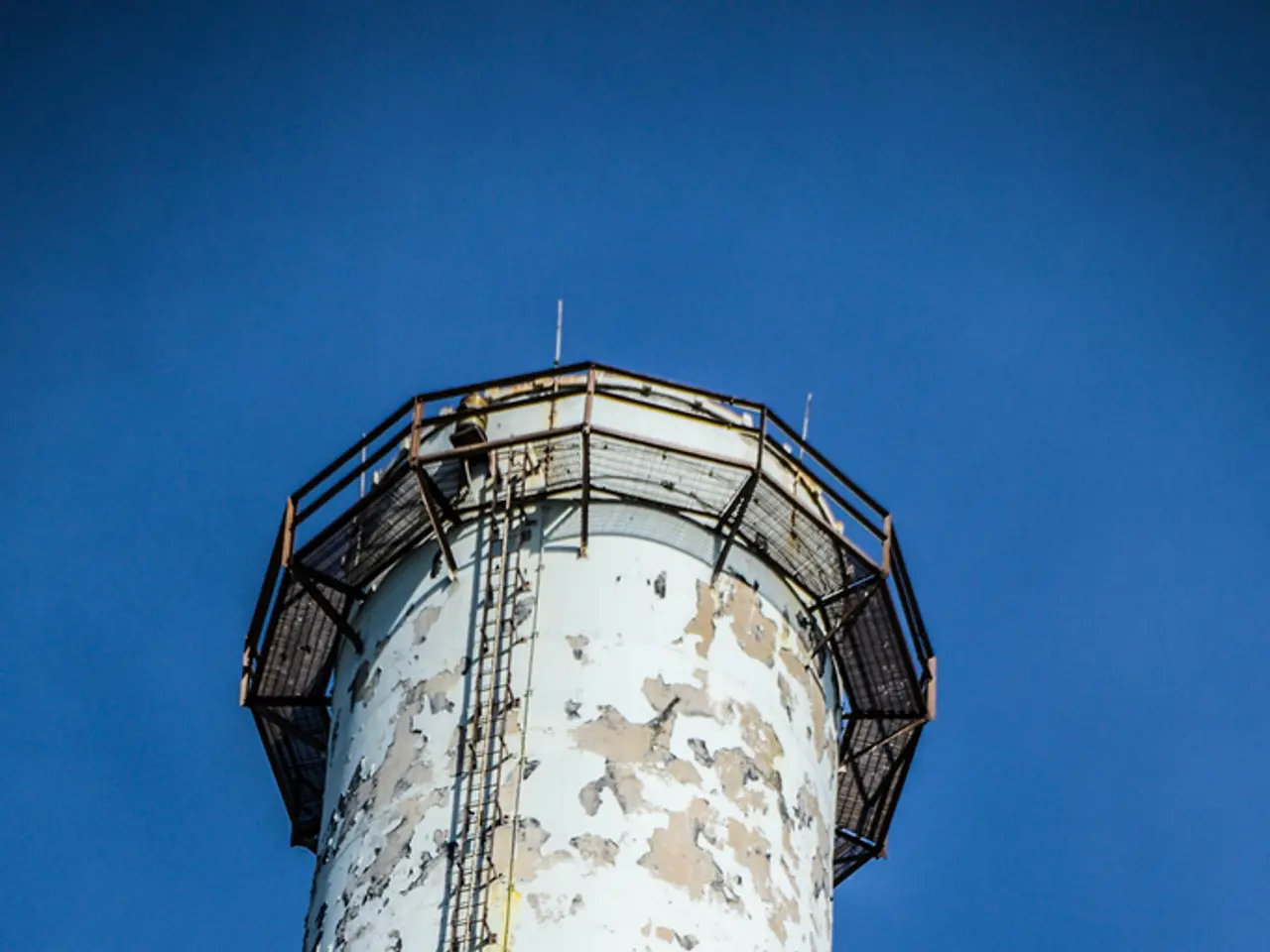Contaminated Zinc Smelter Site in Weir, Cherokee County, Kansas on the National Priorities List (NPL) - Information Sheet, October 2021
The U.S. Environmental Protection Agency (EPA) has announced that the Cherokee Zinc-Weir Smelter Superfund Site, located in Weir, Cherokee County, Kansas, has been added to the Superfund National Priorities List (NPL). This listing makes the site eligible for response action money under the Comprehensive Environmental Response, Compensation and Liability Act (CERCLA), also known as the Superfund law.
The site, which was operated by the Chicago Zinc Works Company and other companies from approximately 1872 until 1920, was chosen due to its proximity to rich zinc ore deposits in the Tri-State mining district and access to transportation routes. Between 1872 and 1920, companies involved in primary zinc smelting production in Weir, Kansas, included the Eagle-Picher Mining Company.
The primary contaminant of concern at this site is lead. Lead is harmful if inhaled or swallowed and can pose serious health risks, particularly to children 7 years old and younger, as well as pregnant women and nursing mothers. Elevated lead levels were identified in soil testing conducted by the Kansas Department of Health and Environment (KDHE) between 2004 and 2013.
To address the lead contamination, EPA removal actions have remediated 54 residential properties with lead above the Removal Management Levels at the site. However, a more comprehensive approach is needed. Following the Remedial Investigation (RI), a Feasibility Study (FS) will be conducted to evaluate technologies capable of treating the contamination and assess their cost and performance.
The RI includes additional sampling at the site and an evaluation of risk to human health and the environment. Once the RI/FS stage is complete, EPA will issue a Proposed Plan to address the contamination with opportunities for public comment.
To keep the community informed about site progress throughout all phases of the cleanup, EPA will work to provide updates and hold a Public Availability Session. The session will be hosted online on Tuesday, Nov. 16, 2021, from 6 to 7 p.m. and can be joined using a provided link. The EPA is committed to providing reasonable accommodations to individuals with disabilities during the Public Availability Session.
For questions about the site, contact Elizabeth Kramer at the provided email address. The EPA also keeps site project information and reference materials online on their Site Profile Page. Additionally, the EPA's Technical Assistance Grant program provides up to $50,000 for a qualified citizens group to hire independent technical advisors to help understand technical data and site hazards.
The EPA is dedicated to ensuring a clean and safe environment for all, and the listing of the Cherokee Zinc-Weir Smelter Superfund Site on the NPL is a significant step towards achieving this goal.
Read also:
- Understanding Hemorrhagic Gastroenteritis: Key Facts
- Stopping Osteoporosis Treatment: Timeline Considerations
- Tobacco industry's suggested changes on a legislative modification are disregarded by health journalists
- Expanded Community Health Involvement by CK Birla Hospitals, Jaipur, Maintained Through Consistent Outreach Programs Across Rajasthan








